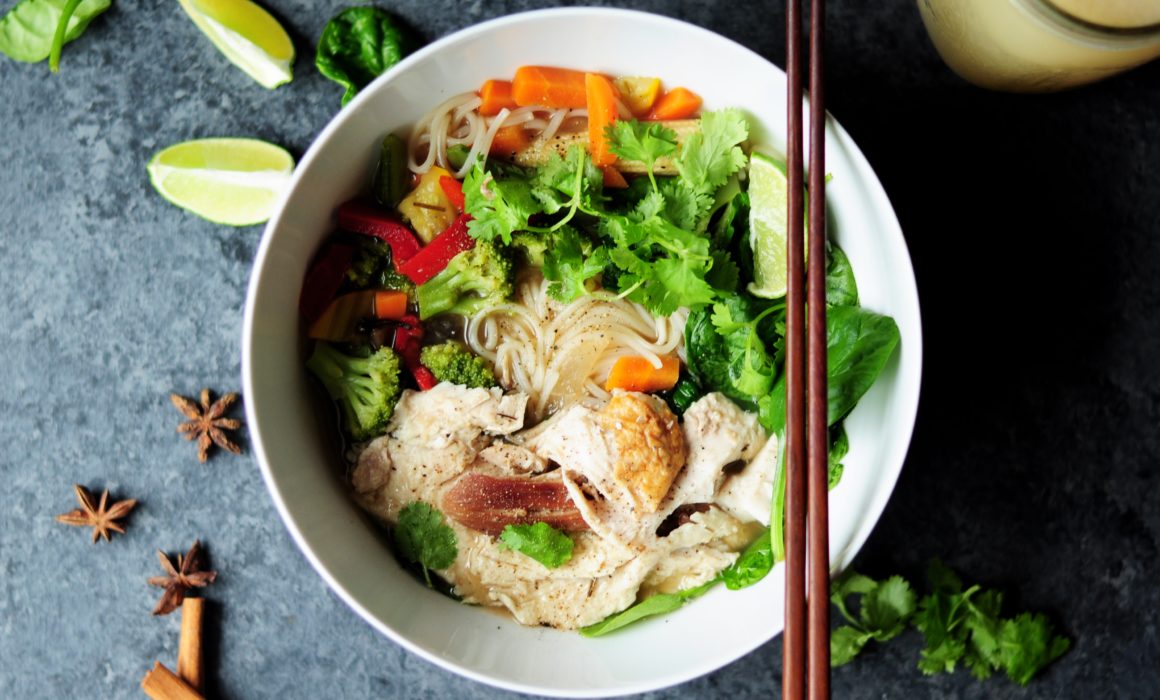Tight chest, difficulty breathing, racing heartbeat, and persistent worries that spiral out of control? These symptoms are just the tip of the iceberg that is anxiety.
READ: How natural medicine can help anxiety
It’s likely that you have experienced some or all of these common symptoms at some stage in your life. Most of the time this is a fleeting experience that is triggered in response to a stressful situation, such as an exam or public speaking.
Usually this type of anxiety will abate quickly, once the triggering event has passed. However, what if you felt this way continuously?
In cases of clinical anxiety these feelings don’t subside, but persist, day in, day out, making it difficult for sufferers to cope with everyday life. Left untreated, anxiety can become so crippling that it impacts on a person’s ability to work, socialise, maintain relationships, and be an active member of their family and broader community.
Statistics show that one in four people will suffer anxiety at some stage in their life, making it the most commonly diagnosed mental health condition in Australia.
Because everybody experiences stress in their lives from time to time, it is sometimes difficult to tell where everyday stress ends and anxiety begins. This can cause confusion for people experiencing symptoms and may cause a delay in them seeking help.
And unfortunately, as with many mental health conditions, there is a still a stigma associated with anxiety.
The negative language sometimes used to describe a person with anxiety reinforces this. People may say: “You’re such a stresshead’ or “He needs to take a chill pill”. This type of language can trivialise anxiety and make the sufferer feel even more isolated.
What causes anxiety?
The causes of anxiety are multifactorial; usually a ‘perfect storm’ of factors are at play for a period of time prior to the onset of anxiety.
Overwhelmingly, stress plays a role in its development; however, some people may develop anxiety without having much stress in their lives at all.
Chronic stress, such as that experienced in a negative workplace environment or difficult family situation, can trigger the onset of anxiety. Traumatic stressful events can sometimes be the trigger of post-traumatic stress disorder, which is a type of acute anxiety.
Having a family history of anxiety can increase your risk of developing it. This is thought to be due to complex interaction between behaviours learned throughout childhood, combined with genetic factors passed down from our parents. Our hardwired stress response is dictated partly by the genes associated with the production of stress hormones and our cells’ ability to respond to them.
Interestingly, our ability to metabolise stress hormones produced during an anxiety episode relies on a gene called COMT which helps us to ‘clear’ stress hormones from our body once they have been produced. People with polymorphisms of COMT may have much slower enzyme activity, which means their stress hormones stay circulating in their systems longer because their metabolism is slower. In this case, recovery from a stressful event can be very slow.
Polymorphisms of COMT are relatively common and can predispose people to anxiety. Understanding how your genes influence your stress response can be very helpful in the management of anxiety. Australian company, SmartDNA, offers Wellness Genomic testing that covers a broad a range of genes, including those investigating adrenal responses to stress and COMT.
Substance abuse is a common trigger for anxiety. Drugs like alcohol, cannabis, cocaine, ecstasy and other amphetamines have been strongly liked to its development. These types of substances play an initiating role due to the strain they place on the nervous system and adrenal glands and their detrimental effects on neurotransmitter function. They also help to perpetuate anxiety as people try to self-medicate the symptoms with more drugs, which leads to a worsening of the condition and an escalating downward spiral.
Drug withdrawal needs to be supported by a professional team specialising in the field to help manage anxiety. This may include psychologists, specialist drug counsellors and medical practitioners alongside a nutritionist or naturopath. People with certain personality traits are also at higher risk.
Research has demonstrated that people with perfectionist personalities are more likely to suffer from anxiety and become easily agitated as they attempt to control their environment.
Ultimately, anxiety is a failure of the body’s adaptive processes to respond appropriately to stress. Our adrenal glands govern the body’s reaction to stress; they produce powerful hormones that trigger the ‘fight or flight’ response. In an emergency, the sudden release of these hormones produces rapid physiological changes designed to provide us with the blood flow and energy to flee from danger or fight to the death. Our bodies are designed to cope with short periods of acute stress followed by extended periods of recovery; unfortunately the modern world doesn’t work this way.
READ: How natural medicine can help anxiety
Everyday we are faced with a plethora of minor stressors: getting children ready for school, long commutes in heavy traffic, deadlines at work, difficult relationships at work and/or at home, financial pressures … the list goes on. None of these would be considered emergency situations, and yet this type of stress keeps our adrenal glands pumping out stress hormones at higher than normal levels, in order to just get through the day.
This is where things start to go wrong. The adrenal glands and nervous system require a huge amount of fuel and nutrients to function effectively during times of stress, and when the stress is chronic we can have difficulty meeting these demands. This can lead to adrenal dysfunction, which causes abnormal fluctuations in stress hormones and elevations in cortisol and DHEA, which can be associated with anxiety.
10 signs you have anxiety (and don’t realise it)
- You feel scared without any reason
- You find it hard to relax
- You have difficulty breathing, e.g. rapid breathing or breathlessness
- You have a rapid heart rate
- Your hands tremble often
- You have persistent worrying thoughts
- You get easily agitated & often feel close to panic
- You avoid socialising because of feeling anxious
- You get pins and needles in your extremities
- You experience hot flushes and cold sweats
If you have experienced any of these symptoms persistently, speak to your health practitioner.
This article first appeared in Nature & Health magazine.
Download the article





